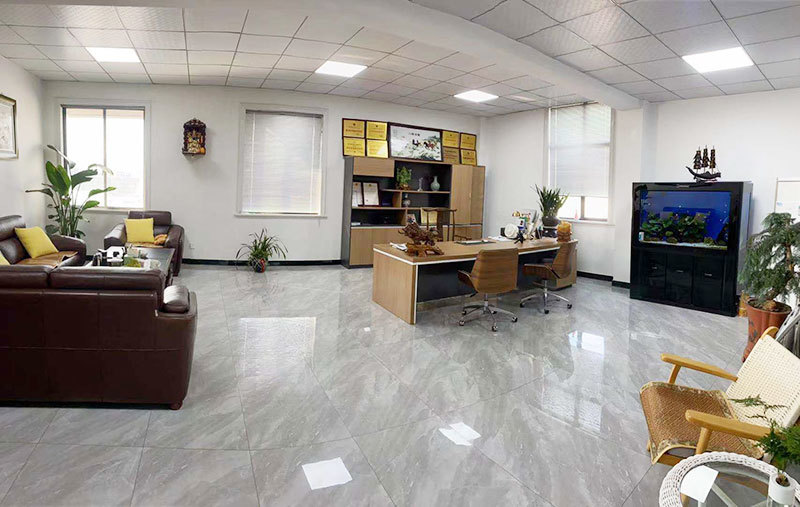Installation Instructions for Stainless Steel Ferrule Joint
Time:
2022-11-23 14:08
The stainless steel ferrule connector is characterized by strong connectivity, high pressure resistance, good sealing and repeatability, convenient installation and maintenance, safe and reliable work, etc. The stainless steel ferrule connector consists of connector body, ferrule and nut. When the sleeve and nut sleeve are inserted into the connector on the steel pipe, after the nut is tightened, the outer side of the front end of the sleeve is attached to the conical surface of the connector, and the inner edge is evenly bitten into the seamless steel pipe to form an effective seal.
The work of stainless steel ferrule joint is to insert the sleeve into the steel pipe, lock it with the sleeve nut, conflict the sleeve, cut into the steel pipe and seal it. The stainless steel ferrule joint does not need to be welded when connecting with the steel pipe, which is conducive to fire prevention, explosion prevention and high-altitude operation, and can eliminate the defects caused by careless welding.
The stainless steel ferrule connector is generally pre installed with the pre installed stainless steel ferrule connector body or other corresponding pre installed equipment. The joints with small pipe diameters can be pre installed on the bench tongs, and the joints with large diameters should use special pre installed equipment. The specific method is to take the connector body as the parent body, and compress the nut and jacket onto the pipe. The specific operations are as follows:
(1) Pickling shall be carried out for pipelines to be pickled as required.
(2) What kind of stainless steel clamp connector body is connected to one end of the pipe, and the corresponding end is pre installed with the same type of connector.
(3) Use a sawing machine or a special pipe cutter to cut the pipe according to the required length, and use tools such as grinding wheel to grind the pipe evenly to remove burrs. After cleaning, clean the pipe with high-pressure air before use. The perpendicularity between the pipe end face and the axis shall not be greater than half of the pipe tooth diameter tolerance, generally less than 0.50mm, and the large chamfer shall not exceed 0.2x45 °.
(4) During pre installation, try to keep the coaxiality between the pipe and the stainless steel jacket connector body. Apply proper amount of grease on the thread and contact cone surface, and use special grease ASW040P for stainless steel joints.
(5) Install the sleeve and nut in sequence. Pay attention to the positive and negative directions. The front edge of the sleeve shall be at least 3mm from the nozzle. Then grasp the steel pipe and insert the tapered hole into the connector body, so that the end face is stuck on the step in the connector body. Put the sleeve in place. Slowly tighten the nut, and at the same time, rotate the pipe until it does not move, mark it, and then tighten the nut 4/3-5/3 times, that is, after ensuring that the pipe does not rotate, rotate 1.3-1.5.
(6) Remove the nut and check whether the cutting position of the jacket is correct. Note: In order to achieve better sealing effect, do not apply sealant on the jacket, so as to avoid the sealant being flushed into the liquid system, which may cause faults such as blockage of damping holes of hydraulic components. When cutting pipes, it is not allowed to clamp pipes with force to avoid extrusion deformation of pipes, and end processors are used. Dissolved cutting (such as flame cutting) or grinding wheel cutting is not allowed. After cutting off the pipe, remove the internal and external burrs, metal chips and dirt at the pipe end, and observe whether the pipe roundness and end face are uniform.

Recommended information



